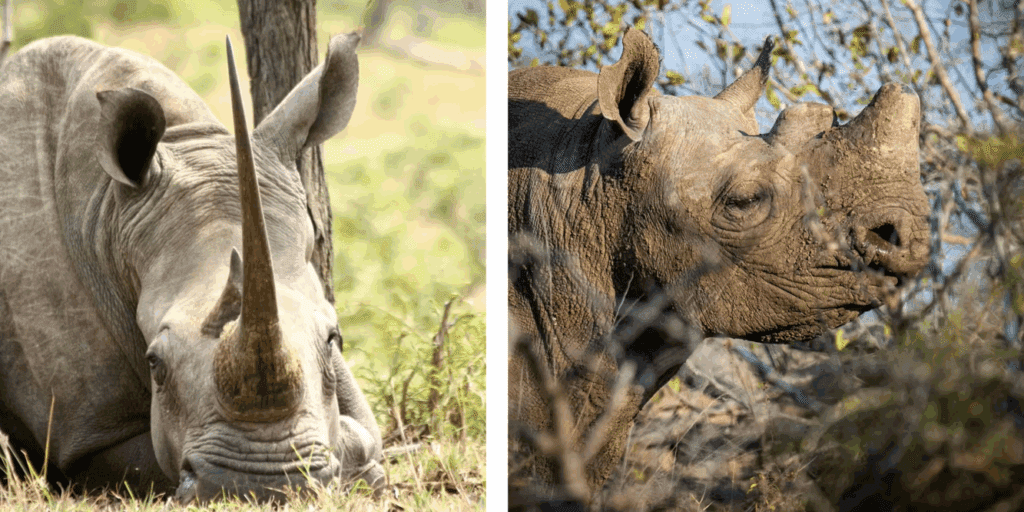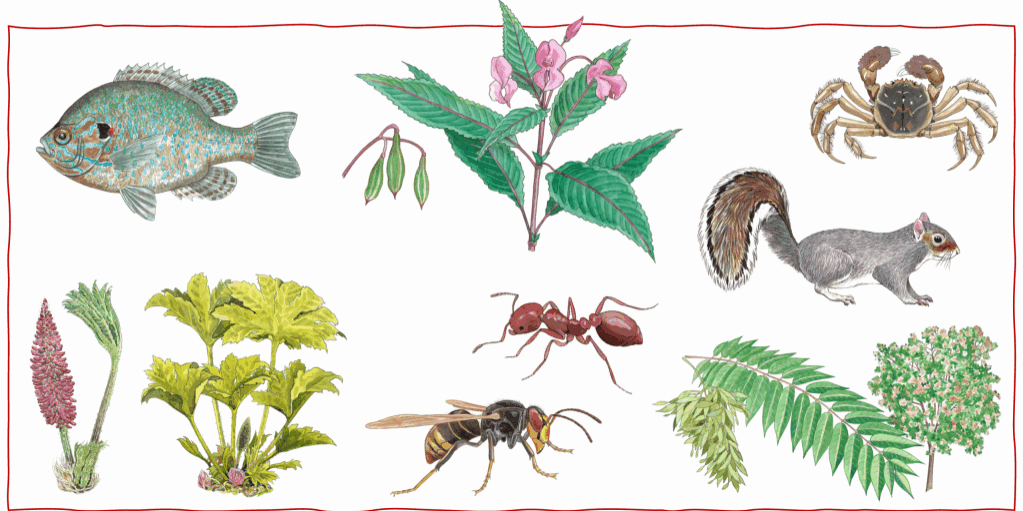How funders can make conservation more effective
This blog was written by Nida Al-Fulaij, Conservation Research Manager for People’s Trust for Endangered Species & Becky Holmes, Trustee of The Helvellyn Foundation. It was originally published on the Environmental Funders Network blog.

Charity donations and philanthropic finance are critical sources of funds for nature conservation around the globe. We are all aware of the magnitude of what’s now known as the biodiversity crisis. Species are going extinct at an unprecedented rate; habitat is being lost on an unprecedented scale. And funds to prevent this are limited and highly competitive, which makes life very challenging for those on the ground trying to protect our threatened wildlife. But it also presents challenges for those of us providing the funds to carry out this critical work. Where should the limited funds be channelled? How can we maximise the impact of those funds to make every penny count?
Sharing information and learning from others is a trait that all humans share. But sharing conservation evidence based on robustly gathered data is still not commonplace. Funders can be instrumental in encouraging applicants to check the available evidence for the actions they are proposing, to ensure they have the best chance of success. For example, studies reviewed on the Conservation Evidence platform show that strategically controlling invasive American mink along waterways in East Anglia enables water vole populations to recover, and that creating in-field vegetation plots for ground-nesting birds such as skylarks and lapwings increases their breeding success. So when practitioners ask for funds to carry out similar work in other similar areas, we have more confidence that these interventions will be effective.
The Environmental Funders Network recently gathered a group of funders from around the world for a workshop to discuss best practice on embedding evidence in funding practice. We met in Cambridge, with colleagues joining online from Indonesia to the USA. Like practitioners, funders come in all shapes and forms. At the meeting, we ranged from those representing family philanthropic trusts, to charities reliant on donations from the general public, to government-supported funds. The scale of the grants we offer ranged from the fairly modest – £5,000 for a local project – to the more substantial – $ 5 million to carry out landscape scale restoration. But whatever the scale, and wherever the location, most of our funding could be better spent if we ensure the work being proposed is based on reliable evidence, whether that be from academic literature, from centuries (or millennia) of local understanding, or from other sources. And, particularly where there is no existing evidence, that the work proposed includes some testing of its effectiveness and a plan to share these findings with the wider conservation community.

Asking applicants to provide information about the evidence they are using is now regularly done by certain funders. Some, like Whitley Fund for Nature and People’s Trust for Endangered Species (PTES), have compulsory questions and links to the Conservation Evidence website, so that those applying for funds can quickly search the website and access useful information. PTES is planning a series of webinars before their funding deadline to assist applicants in identifying what type of assumptions they’re making or how to test new interventions experimentally. BirdLife International is providing online training for grassroots organisations to build capacity. The Endangered Landscapes Programme support their applicants to check the evidence base for their actions and design experiments, to ensure they are collecting useful data and have adequate control sites. The workshop offered a good opportunity to scrutinise these different methods and question what works and where potential grant recipients may need further assistance. Funders do not all have the same capacity to help their grant recipients, which is why building a network of funders that can share their successes and failures is so important.
Equally, it is important that we encourage our grantees to share the evidence they have gathered. The Wildlife Conservation Society (WCS), for example, requires the results and learnings of their projects to be shared with their peers. Taking their lead from WCS, PTES is planning to assist more project leaders to publish their results so that what they have learned can be shared with others. In one recent example, practitioners successfully proved that putting barriers in streams was effective in preventing invasive fish species accessing critical breeding areas for endangered amphibians in Patagonia. In another, wildlife bridges were shown to ensure that populations of arboreal species, such as golden langurs, remain connected whilst reducing the level of roadkill.

In scenarios where funding for an organisation is not restricted to a specific project or action (well known to be one of the most useful type of funding for any organisation) – where funding may be used to pay for the rent of an office space, staff salaries or equipment, for example – it’s still possible to encourage evidence use. Instead of looking at evidence for specific projects, funders can seek to understand an organisation’s overall approach to using evidence. Do they regularly use evidence in their decision making? Do they see the value in using evidence? Do they gather their own evidence and share it? After attending the workshop, one family philanthropic trust, The Helvellyn Foundation, decided to adopt this approach moving forward. Upon the launch of their new strategy in late summer, the foundation will state clearly on their website that organisations that wish to receive funding must be able to demonstrate their use of evidence.
We know that using conservation evidence is not yet widely adopted in the sector; it is hoped that funders can play a key role in encouraging this. The Cambridge-based workshop was a unique and valuable space for funders to discuss their experiences, and to acknowledge that it isn’t just practitioners who can benefit from learning from one another and sharing results and resources. As funders incrementally adopt additional measures to ensure we are supporting and encouraging conservationists to use and gather evidence, together we are moving closer towards a more integrated and aligned system that benefits not only those working in the sector, but the environment we’re all working to protect.
Nida Al-Fulaij runs the People’s Trust for Endangered Species research and conservation programme, both globally and in the UK.
Becky Holmes is a Trustee of The Helvellyn Foundation, a family-run foundation that funds biodiversity. She will soon be joining the team at Langland Conservation, an organisation that provides intelligence support for conservation.



